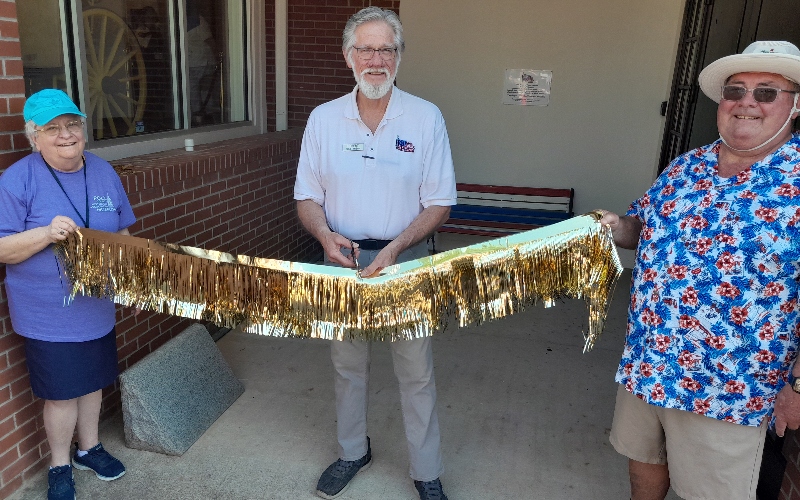Old Ways of Cooking, Preserving Now Seem Best
Published 12:12 pm Friday, April 14, 2023
|
Getting your Trinity Audio player ready...
|
Maybe this was true for you too, but I always thought mama cooking fried chicken and biscuits in a cast iron skillet couldn’t be that difficult because she made it look so easy.
But when I grew up and tried cooking in a cast iron skillet, one disaster followed another until I came under the spell of Teflon. Those non-stick skillets didn’t make the chicken taste as good, but the cleanup was so easy that millions of people tossed their cast iron skillets. Not mama, of course.
Today cast iron is the go-to skillet for cooking, especially if you use Kosher salt for cleanup.
I was reminded of the near-death and revival of cast iron skillets when I read a story about making kimchi in earthenware pots.
During my military service, I worked for the U.N. in Seoul, South Korea, and became friends with many Koreans. My first taste of kimchi resulted in my losing my breath to the spicy burn, much to the delight of my Korean hosts. You could tell they had gone through this initiation ritual with many Americans. So pungent is this spicy cabbage that, like garlic, the breath odor the next day can be powerful.
I grew to enjoy the taste and was fascinated by how they stored the vegetable in earthen pots just below the surface of the soil, allowing it to age and ferment. But when I returned stateside, I realized it was virtually impossible to find kimchi and I went for many years without it.
Then one day years ago my daughter Amanda and I tried a Korean restaurant near where she was in school. I remember she thought that I would like that because of my time in Korea. She was right. The smells brought back great memories of Korean tables laden with all sorts of food – fish with the head on, a marinated beef dish called bulgogi that diners cooked themselves on small hibachi-like cookers, lots of pickled vegetables and kimchi.
Nowadays, Korean food is all the rage. Also making a comeback are those earthenware pots. There is some science behind those pots that the Koreans have used for at least a thousand years.
The pots, called “onggi,” are made of mud and shaped like pottery spun on a potter’s wheel. But lo and behold, two scientists have discovered that these pots foster the growth of probiotic microbes that turn the cabbage into what today we call a superfood. Food scientists already knew that kimchi made in those homemade pots had high acidic and antioxidant qualities because their walls are stippled with tiny micro-pores.
All of this news makes me wonder whether the stoneware butter churn my mother sat me down next to for what seemed like hours, plunging a wooden handle up and down in a monotonous movement, had any of the food magic qualities of the onggi.
Larry McDermott is a local retired farmer/journalist. Reach him at hardscrabblehollow@gmail.com






